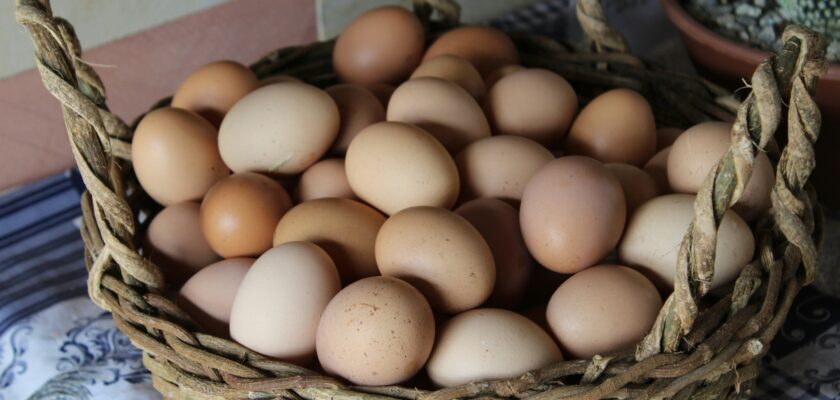Introduction
Ever caught yourself wondering, “How many eggs does a hen lay a day?” Whether you’re a backyard poultry hobbyist or a small-scale farmer, understanding your hen’s egg-laying potential is crucial for optimizing your flock’s productivity. This guide explores the science and natural rhythm of egg-laying, highlighting proven tips, breed-specific insights, and expert techniques to get the most out of your layers.
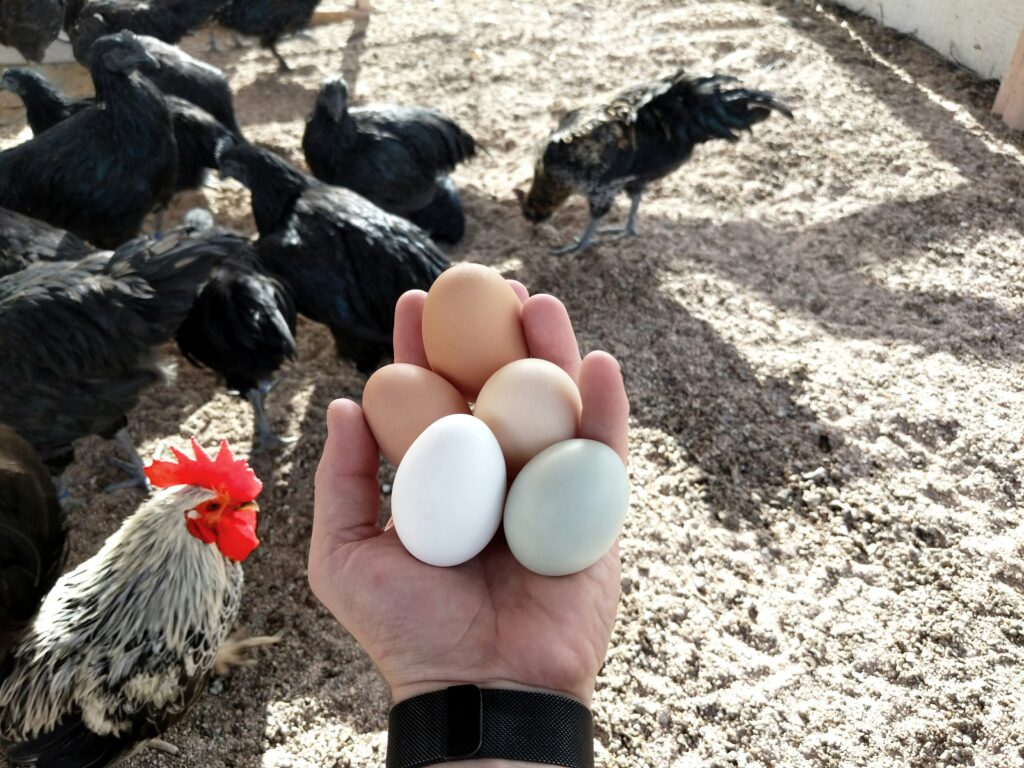
Photo by Daniel Tuttle on Unsplash
Understanding the Basics of Egg Laying
Average Daily Egg Production
On average, a healthy laying hen will produce 1 egg every 24–26 hours. However, that doesn’t always mean one egg every single day. Some breeds are more consistent than others, and laying can pause depending on external and internal factors.
Weekly and Monthly Estimates
A productive hen may lay:
- 5–7 eggs per week during peak laying periods.
- 20–25 eggs per month under optimal conditions.
Egg laying is often cyclic, not linear, which is why even prolific breeds don’t lay every single day year-round.
Factors That Influence a Hen’s Egg Laying Capacity
Breed of the Hen
Different chicken breeds have varied genetic dispositions for egg production. For example:
- Leghorns can lay 280–320 eggs/year.
- Rhode Island Reds average around 250 eggs/year.
Age and Maturity
Hens begin laying at 5 to 6 months old, with peak productivity at 1–2 years. After age 3, expect gradual decline.
Nutrition and Feed Quality
A balanced diet rich in protein (16–18%), calcium, and essential vitamins like D3 supports consistent egg-laying.
Environmental Conditions
Cold or excessively hot weather can reduce laying. Ideal ambient temperature: 55–75°F (13–24°C).
Daylight Exposure
Hens require 14–16 hours of light daily to maintain egg-laying frequency. Use supplemental lighting in winter to maintain output.
Stress and Health Conditions
Noise, predator threats, cramped conditions, or poor hygiene can disrupt laying patterns. Stress = fewer eggs.
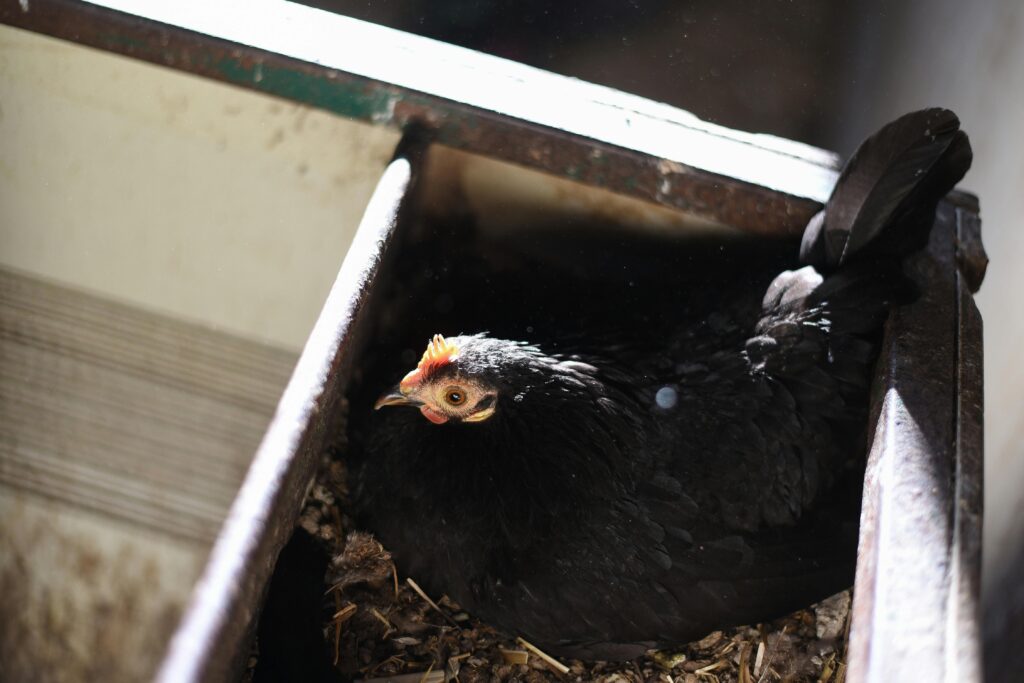
Photo by Julissa Helmuth
Top Egg-Laying Chicken Breeds
ISA Browns
Known for reliability and docility, ISA Browns can lay up to 320 eggs per year—great for beginners.
Leghorns
These white-feathered dynamos lay up to 300+ eggs annually and start young.
Plymouth Rocks
Dual-purpose and friendly, they produce 200–280 eggs/year.
Australorps
Champions of consistent laying—up to 300 eggs annually in optimal conditions.
Egg Production Cycle: What to Expect Over Time
Early Laying Stage (5–6 months)
Expect small, irregular eggs during the initial weeks.
Peak Laying Period (1–2 years)
Your hens will lay the most consistently. Monitor diet and lighting closely.
Decline Phase (2+ years)
Egg size may increase, but frequency usually drops.
How to Increase Egg Production Naturally
Lighting Techniques
Use LED coop lights with a timer to ensure 14–16 hours of “daylight” during shorter days.
Supplementation and Proper Feeding
Include:
- Crushed oyster shells for calcium
- Fresh greens
- Mealworms for extra protein
Coop Hygiene and Safety
Keep nesting boxes clean and dry. Install predator-proof fencing. A relaxed hen is a productive hen.
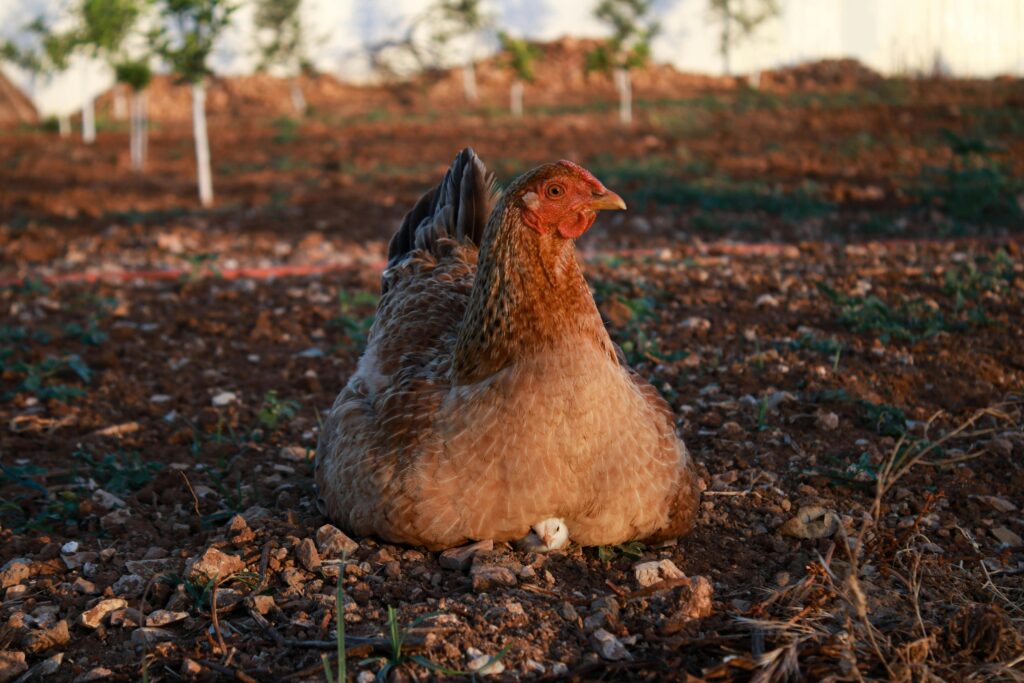
Photo by Gdoura Adam
Common Reasons Hens Stop Laying Eggs
Seasonal Changes
Shorter days reduce laying. Add artificial light to simulate summer days.
Molting
Once a year, hens shed feathers and redirect energy from eggs to feather regrowth.
Diseases and Parasites
Mites, lice, or internal parasites affect overall health. Quarantine and treat promptly.
Signs of a Healthy Egg-Laying Hen
Physical Appearance
Look for:
- Bright red comb and wattles
- Glossy feathers
- Clear eyes
Behavior Patterns
Healthy hens are:
- Active and foraging
- Chatty, especially before laying
- Regularly visiting nesting boxes
Eggs per Day vs. Eggs per Flock
A single hen may not lay daily, but in a flock:
- 10 hens = 7–9 eggs/day
- 20 hens = 14–18 eggs/day
Track your flock’s production weekly to spot anomalies.
How to Track Egg Production Effectively
Use a daily egg log:
| Date | Number of Eggs | Notes |
| April 1 | 8 | One soft shell |
| April 2 | 10 | Normal |
| April 3 | 9 | Cold snap |
Consider apps like Flockstar or Henlight for digital tracking and analytics.
FAQs
Can a hen lay more than one egg a day?
Rarely. A hen’s reproductive system is designed to lay one egg approximately every 24–26 hours.
Do all hens lay eggs year-round?
Not always. Factors like breed, daylight, and health affect year-round laying.
How do I tell which hen is laying eggs?
Use nesting cameras, colored leg bands, or isolate a hen temporarily.
Are brown eggs healthier than white eggs?
No, color is breed-dependent. Nutrition is identical if hens eat the same diet.
What age do hens stop laying eggs?
Production tapers off after 2–3 years, but some lay sporadically up to 6–7 years.
Why are my hens laying soft or shell-less eggs?
Often due to calcium deficiency or stress. Add oyster shells and check for illness.
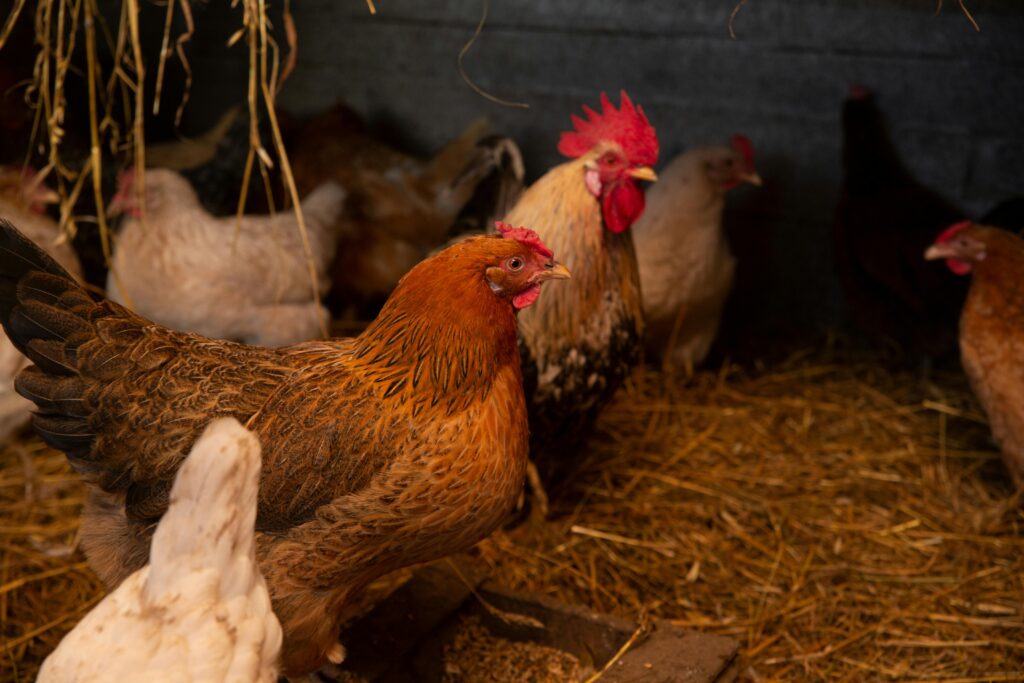
Photo by Ivan Babydov
Conclusion
So, how many eggs does a hen lay a day? Generally, one egg every 24 hours—but only under the right conditions. Your hen’s breed, environment, and overall care dramatically affect output. By optimizing their health, feed, and surroundings, you can help your flock thrive and produce more consistently. Keep tracking production and adjust care routines as needed for the best egg yields.
